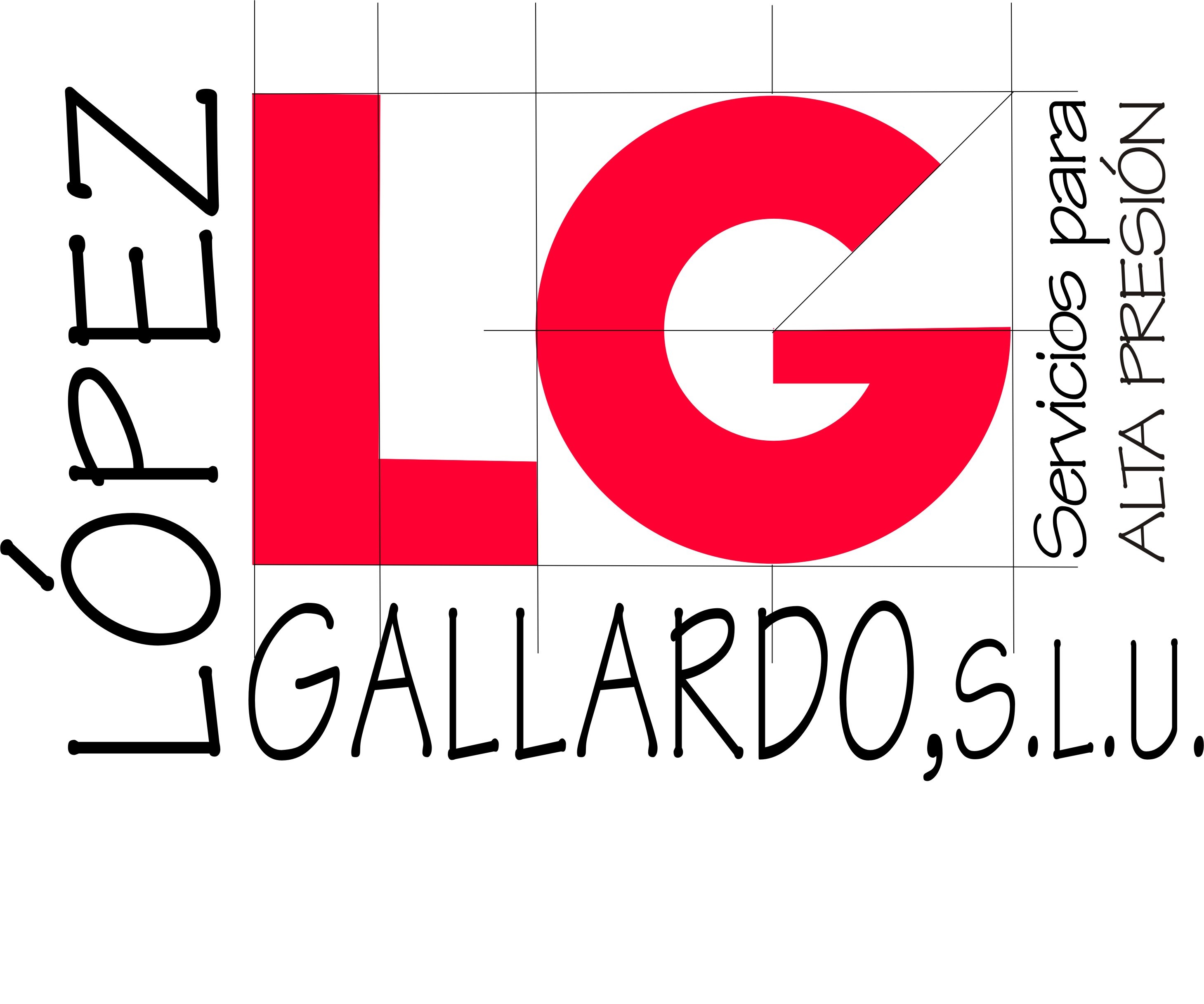Sin categoría
Three Lines of Asset and Risk Management for the Energy & Resources Industry
The Energy & Resources industry is heavily dependent on assets, and the businesses that manage them are often confronted by regulatory compliance in the form of environmental, safety and safety concerns as well as older assets, maintenance issues and budget limits. Each of these aspects can have a huge impact on the organization’s operational successful external, strategic and internal success.
A comprehensive risk management plan is essential to guard against these threats and ensure that the company continues to meet the demands of its customers. This article will highlight the key areas of risk and asset management:
Counterparty risk management focuses on ensuring that important relationships (such as prime brokers and derivative counterparties, as well as clearing banks and custodians) are reliable and creditworthy, and it includes implementing security measures that guard against reputational and financial harm caused by the failure of those partners. This is accomplished by vetting suppliers and ensuring that the approval process applies not just to the vendor but also to the specific service they provide.
Market risk https://expertalmanagement.de/2022/06/21/expedite-an-ma-process-with-the-data-room-for-due-diligence/ could lead to a decline in portfolio value. Both asset managers and risk management are worried about it, but from slightly different perspectives. Portfolio managers focus on managing their exposure to markets to reduce unintended market and factor bets, whereas risk managers attempt to manage overcrowded leverage and trades, as well as to examine liquidity, expected volatility and cash flow.
A robust program for managing risk and assets is vital to avoid unexpected issues and maximizing the impact of an organization’s assets. The three lines of defense governance framework is an effective approach to identifying and mitigating the risks that could impact the performance of an organization.

